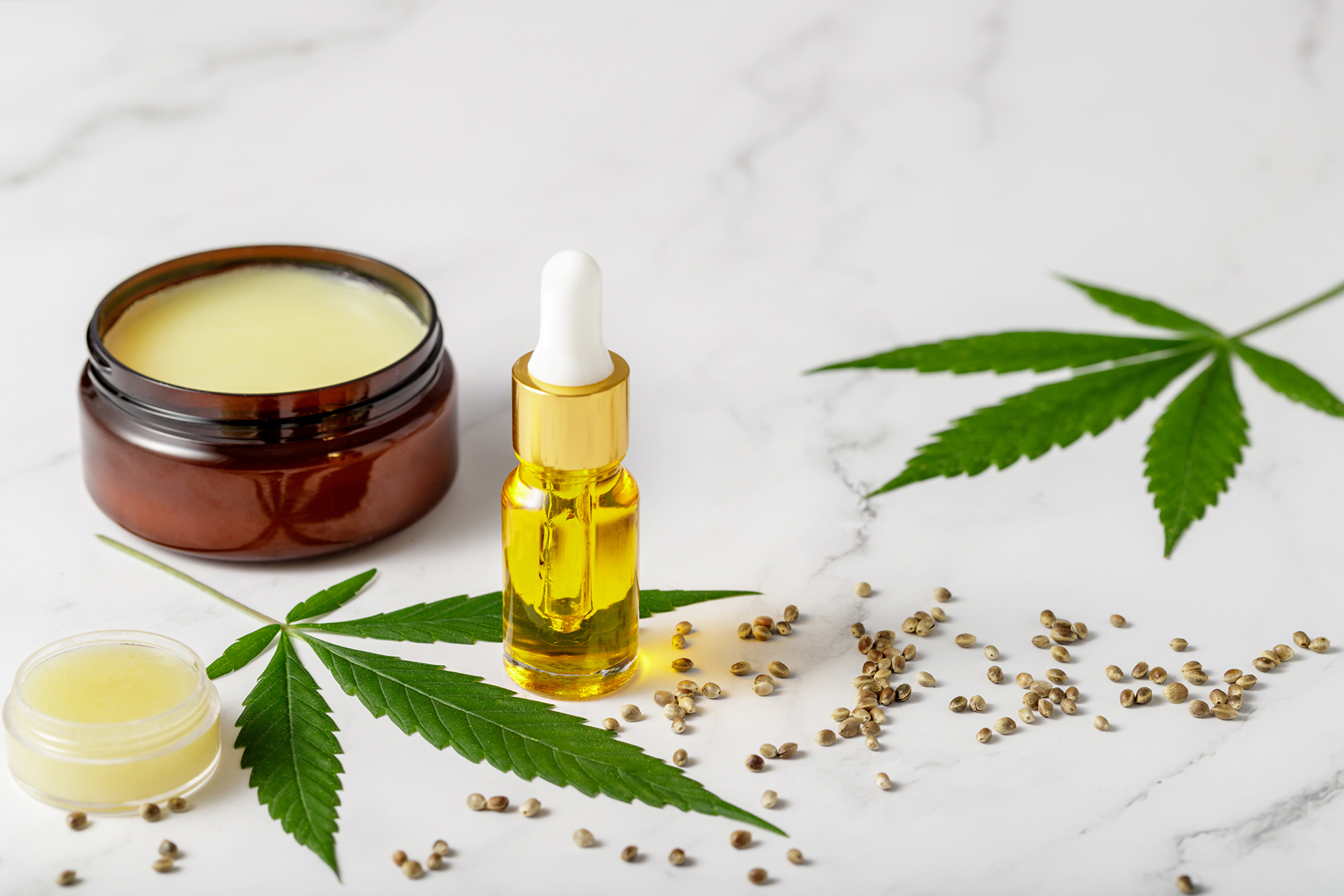What Are CBD Topicals? Understanding How CBD Is Absorbed Through the Skin

The Rise of CBD Topicals
CBD topicals, also known as CBD-infused creams, lotions, balms, or salves, have gained significant popularity in the wellness and skincare industry. These products are specifically designed to be applied to the skin, targeting localized areas for potential relief from discomfort, inflammation, and other skin-related concerns. But how does CBD, a compound derived from the cannabis plant, effectively penetrate the skin barrier?
Understanding Transdermal Absorption
The skin, our body’s largest organ, acts as a protective barrier, preventing the entry of foreign substances. However, it also possesses the remarkable ability to absorb certain compounds, including CBD. When applied topically, CBD interacts with the skin’s layers, facilitating transdermal absorption. This process allows CBD to reach deeper tissues, muscles, and joints, potentially providing localized relief.
The Science Behind CBD Absorption
CBD topicals work through various mechanisms to penetrate the skin barrier. One crucial factor is the size and structure of CBD molecules, which allows them to permeate the skin’s outermost layer, the epidermis. Additionally, CBD engages with the body’s endocannabinoid receptors present in the skin, influencing local inflammation and pain responses.
Enhancing Absorption with Carrier Ingredients
To optimize the absorption and effectiveness of CBD topicals, many formulations include carrier ingredients. These substances, such as fatty acids, oils, and emollients, aid in the penetration of CBD into the skin. They also contribute to the product’s texture, moisturizing properties, and overall sensory experience.
Potential Benefits of CBD Topicals
CBD topicals offer a wide range of potential benefits, including localized pain relief, reduced inflammation, and improved skin health. They are commonly used for soothing muscle and joint discomfort, managing skin conditions like eczema or psoriasis, and promoting overall skin wellness. However, it’s important to note that individual experiences may vary, and consistent usage may be necessary for optimal results.
CBD Topicals Applications
Muscle Recovery
- Reducing Inflammation – CBD is believed to have anti-inflammatory properties that may help alleviate inflammation and soreness in muscles. When applied topically, CBD interacts with the skin’s receptors, potentially reducing inflammation in the targeted area.
- Soothing Discomfort: CBD topicals can provide temporary relief from muscle discomfort and soreness.
- Enhancing Relaxation: CBD topicals often contain other soothing ingredients like essential oils or menthol, which can contribute to relaxation and provide a cooling or warming sensation. These additional ingredients may complement the potential benefits of CBD and promote overall muscle relaxation.
Joint Support
- Anti-inflammatory Properties: CBD is thought to possess anti-inflammatory properties that can potentially alleviate inflammation and swelling in the joints. By interacting with the body’s endocannabinoid receptors, CBD may modulate the inflammatory response, potentially providing relief from joint discomfort.
- Pain Relief: CBD topicals can offer temporary pain relief for joint-related issues. The application of CBD-infused creams, balms, or lotions may help soothe discomfort, promoting a sense of relief and improved mobility.
Skincare Enhancement
- Nourishing and Moisturizing: CBD topicals often contain nourishing ingredients like essential fatty acids, vitamins, and antioxidants. These components can help hydrate and moisturize the skin, promoting a healthy and radiant complexion.
- Soothing and Calming: CBD’s potential anti-inflammatory properties may help soothe and calm irritated skin. It can potentially address redness, sensitivity, and discomfort caused by various skin conditions, providing relief and promoting a more balanced complexion.
- Supporting Skin Health: CBD topicals may support overall skin health by interacting with the body’s endocannabinoid system (ECS). The ECS plays a crucial role in maintaining skin balance, and CBD’s interaction with ECS receptors in the skin may contribute to improved skin tone, texture, and appearance.
- Antioxidant Benefits: CBD is known to have antioxidant properties that can help combat free radicals, which contribute to skin aging and damage. By neutralizing these harmful molecules, CBD topicals may aid in protecting the skin from environmental stressors and promote a more youthful-looking complexion.
- Potential for Acne Management: CBD’s potential anti-inflammatory and sebum-regulating properties have led to interest in its use for acne management. It may help reduce redness, inflammation, and excess oil production, potentially improving the appearance of acne-prone skin.
Choosing Quality CBD Topicals
When selecting CBD topicals, it is crucial to prioritize quality and safety. Look for products sourced from reputable manufacturers that provide third-party lab testing to ensure purity, potency, and absence of contaminants. Additionally, consider the CBD concentration, other ingredients, and user reviews to make an informed choice.
A concentration of 250-500 milligrams (mg) per ounce is a common range that may provide effective results for many individuals. However, the optimal concentration can vary depending on your specific needs and the severity of the condition you are targeting. It’s recommended to start with a lower concentration and gradually increase if needed, as everyone’s response to CBD can differ.